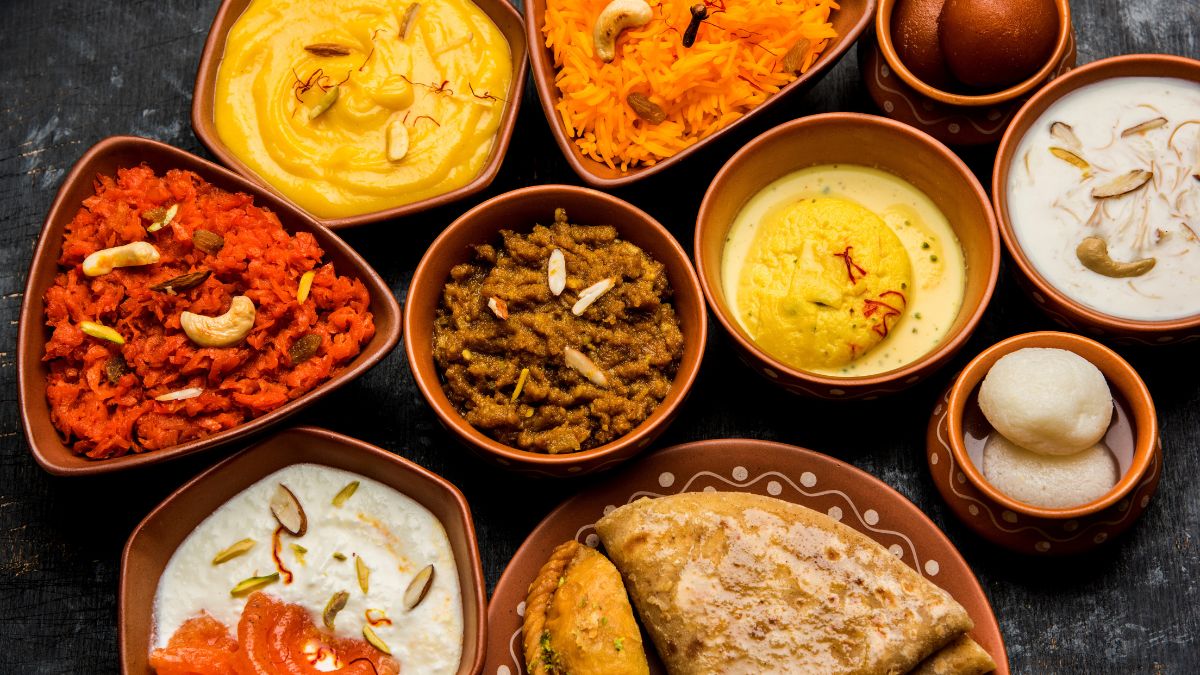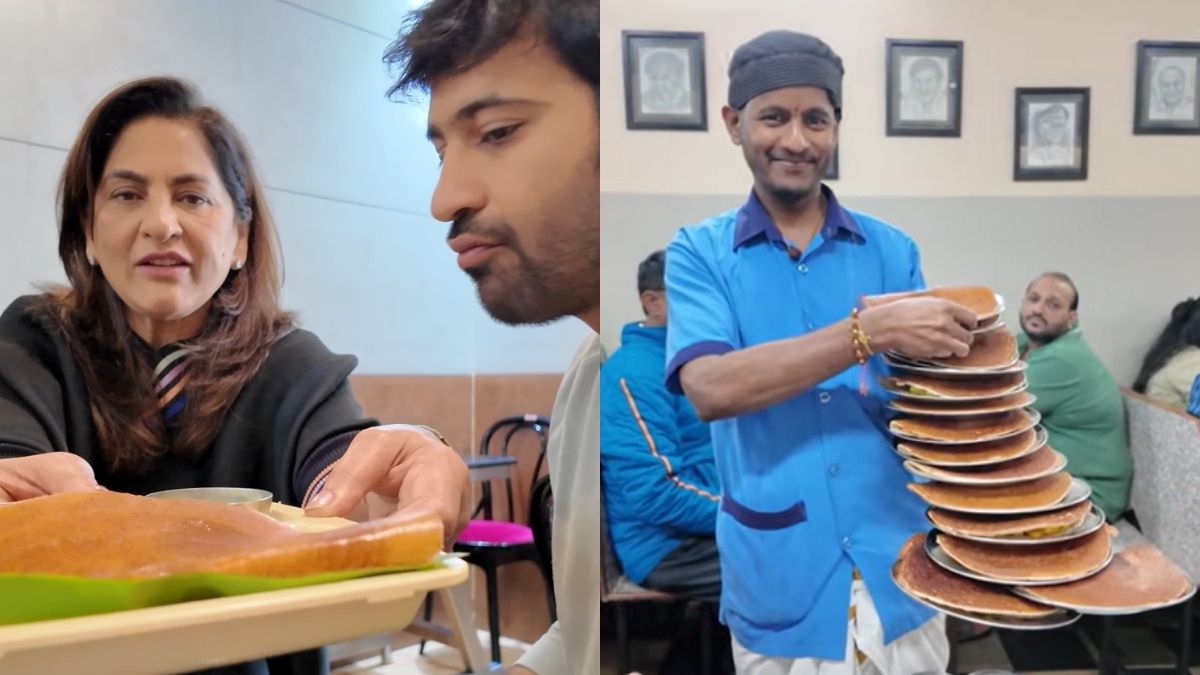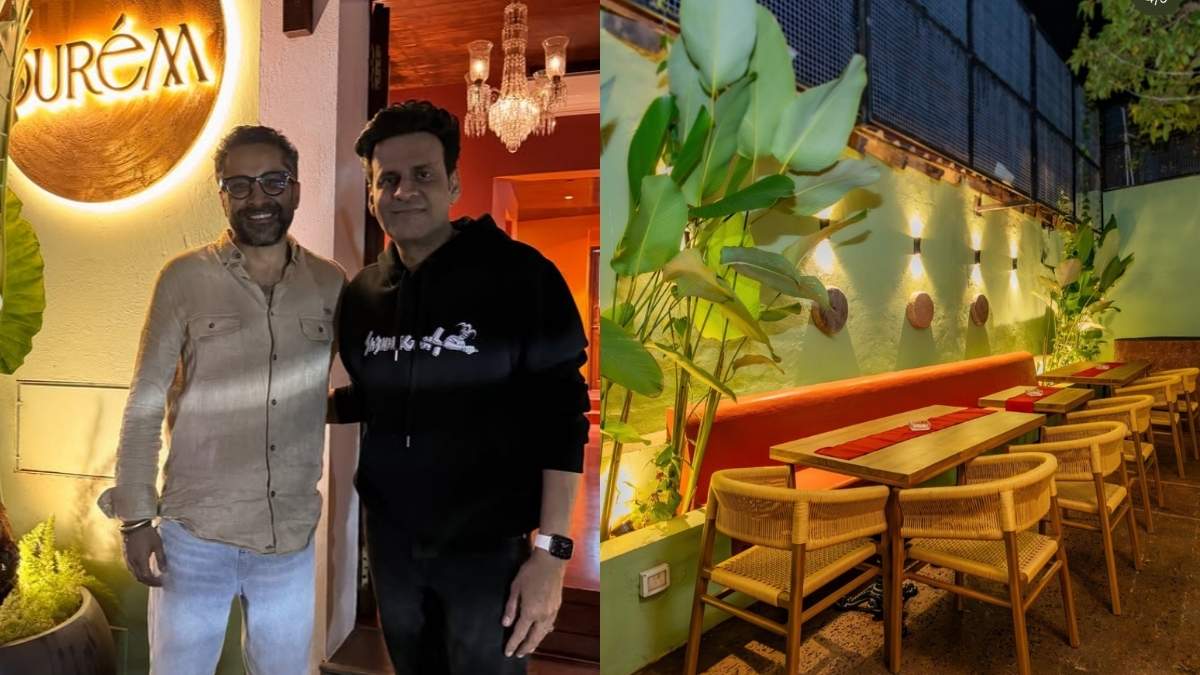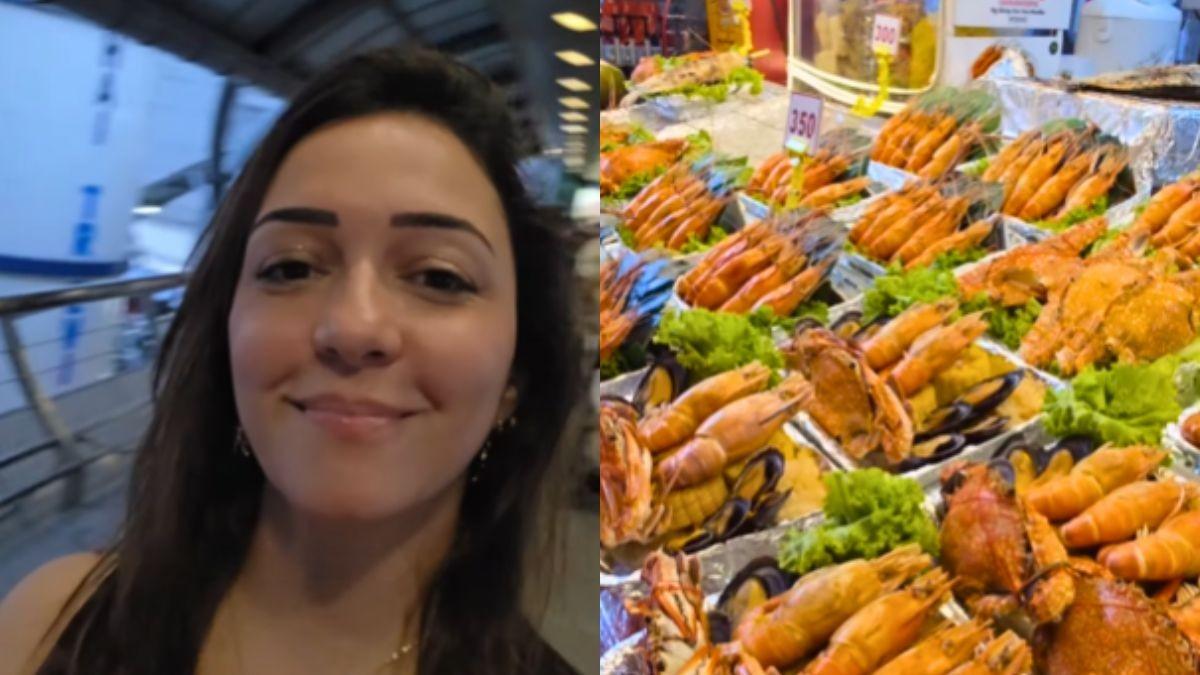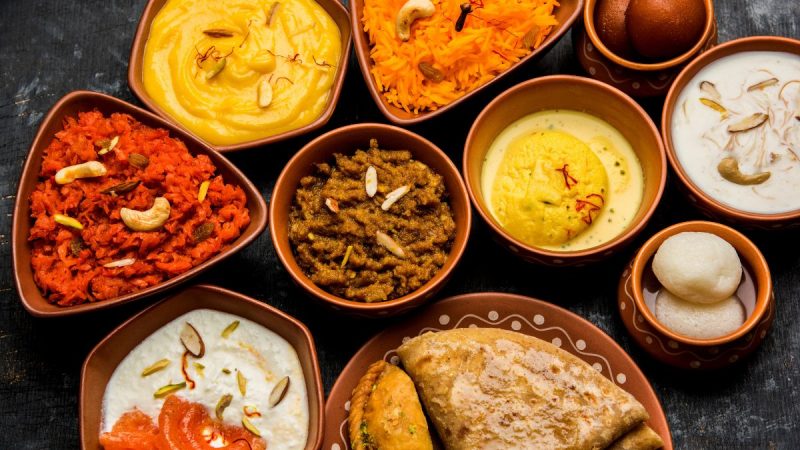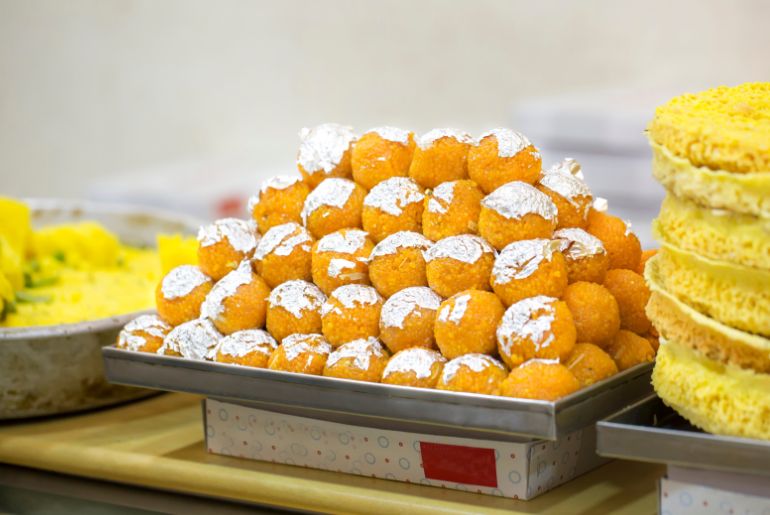From celebrations and festivals to simple moments of indulgence, sweets like gulab jamun, jalebi, rasgulla, and barfi have long been integral to Indian culture. But with the global rise of chocolates, ice creams, and Western-style desserts like cheesecakes and tiramisus, can Indian traditional sweets or mithais still hold their ground? Or better yet, can they outshine these popular international treats?
Mithais, A Deep Connection To Tradition
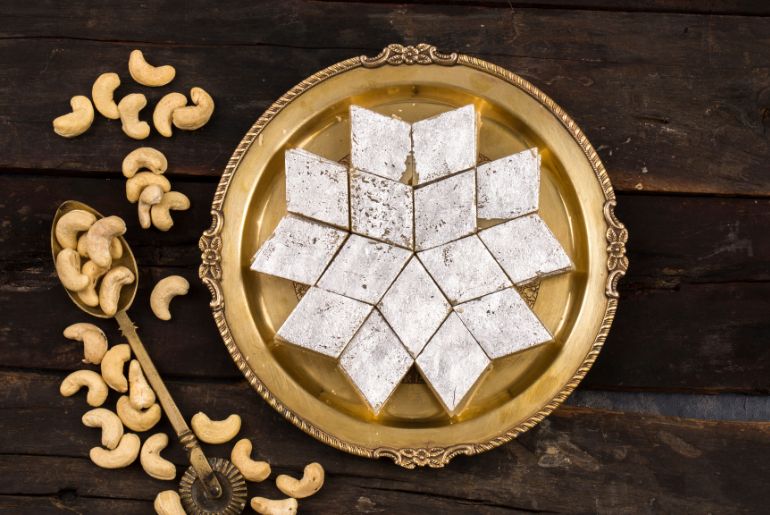
For many, the sight and aroma of a steaming hot jalebi or the delicate sweetness of rasgulla instantly evoke nostalgia. Their ability to evoke emotions and connect us to our roots is something that chocolates or Western desserts can rarely match. For many, seeing their favourite traditional sweets in a convenient, on-the-go format would evoke a sense of nostalgia and emotional connection. Whether it’s a small box of rasgulla, a couple of gulab jamuns, or a quick bite of kaju katli, these sweets would resonate with consumers who crave familiar flavours during snack time or quick indulgence.
“Technically, the mithai market is 17 times larger than the ice cream market. If mithais were readily available in the impulse-buy segment with an organised distribution network, they would capture a substantial market share from ice creams. By tapping into the rich tradition and cultural significance, we can transform the way these sweets are consumed, making them a mainstream choice for quick and convenient indulgence,” says Sanket S, Co-founder of Scandalous Foods. The brand provides preservative-free sweets with a 6-month shelf life, available in single-serve sizes.
A ready-to-go ladoos pack from North India, rasmalai for those in the East, or mysore pak from the South caters to a diverse customer base. “More players will emerge, offering Indian mithais in single-serve packaging. This approach will undoubtedly capture a significant market share, potentially overtaking established markets like chocolates and ice creams,” he adds. Introducing single-serve, travel-friendly packaging for sweets could make them more accessible for daily consumption. This would transform traditional sweets from something enjoyed on special occasions into a quick, convenient option for any time snacking.
Also Read: From Diet Mithais To Gourmet Sweets, Mithai Trends That Are Redefining Festive Indulgence in 2024
The Indian Sweets Market Is Larger Than Perceived
Currently, mithai is often purchased from local sweet shops or as part of special orders for events. If traditional sweets were made available in supermarkets, convenience stores, and online platforms, they would reach a much broader audience. At the same time, the Indian sweets market is much larger and more significant than commonly perceived. “The ice cream market in India is worth $5 billion, with a per capita spend of $2. They represent just 5% of the market. Chocolates hold about 25% and Western desserts make up around 20-25% of the market, ” he highlights.
While chocolates benefit from their easy availability and convenience in the impulse-buy segment, their relatively lower market share suggests that Indian consumers still heavily favour traditional sweets. This disparity points to a broader trend: despite the rise of Western desserts and chocolates, mithai continues to hold a larger, more significant place in the Indian food landscape.
If done right, mithai could not only reclaim its rightful place in everyday snacking. “The perception that chocolates and ice creams dominate the market comes from their popularity on Instagram. Chocolates typically thrive in impulse buy channels, yet they constitute a small portion of the market,” he says.
With the potential for modernisation and innovation, there’s no reason why mithai can’t continue to dominate the Indian dessert scene for generations to come…
Cover image credits: Canva
First Published: September 11, 2024 12:51 PM
